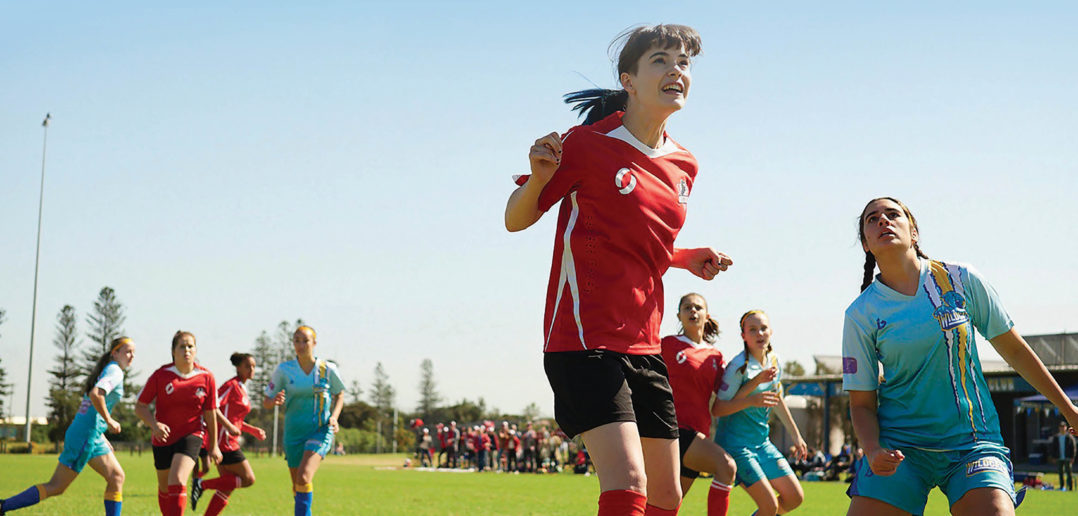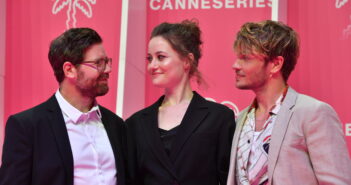The first big test for the public broadcasters came with the international rollout of the US pay-TV services, led by Disney Channel, Cartoon Network and Nickelodeon. Many responded by launching their own dedicated kids’ channels, examples including the BBC’s CBBC and CBeebies in the UK, and KiKA, a joint venture between Germany’s two public broadcasters ZDF and ARD. More recently, the pubcasters have had to contend with the emergence of YouTube, Netflix and Amazon, all of which have proved popular with children, and the attractions of social media and short-form mobile content.
Kids: a rapidly changing audience
The public broadcaster’s response to this latest evolution has involved numerous initiatives on both the content and services sides. In 2017, for example, the BBC unveiled what it called “the biggest investment in children’s services in a generation — an additional £34m across the three years to 2019/20, over and above existing budgets”.
The BBC’s new strategy includes a commitment to spend a quarter of its kids’ budget on digital — £31.4m out of £124.4m by 2019/20. Commenting on this move, Alice Webb, director of BBC children’s, says:
“Our audience is rapidly changing and we need to keep up. As our audience moves online, it’s our job to stay relevant, inspiring and engage them on whichever platform they choose.”
One immediate outcome of this commitment has been the launch of CBBC Buzz, a new mobile community for the under-13s that can be accessed via Amazon Fire, Android and iOS for free. Each day, there are two big content drops that offer activities based on BBC brands, including Danger Mouse, The Next Step and The Blue Planet. Webb says Buzz is an example of how the BBC is “reinventing children’s content for a new generation”. She adds: “We’re equipping our audiences with the modern versions of a loo roll and a paint brush and encouraging them to get creative.”
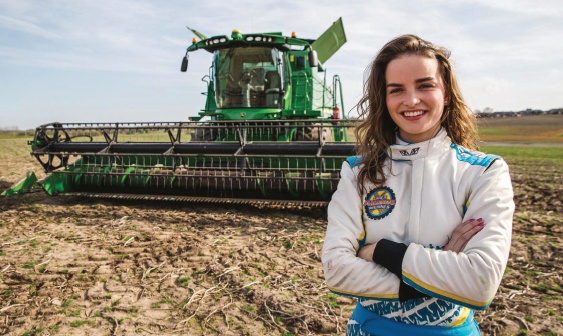
Catie Munnings, presenter of Catie’s Amazing Machines
For Webb, a key part of Buzz’s appeal is that it helps address parental fears about letting their kids loose online. Buzz, she says, is a safe space in which children and parents can have total confidence.
Provide locally produced content across all genres
Another key strand of the BBC’s new kids’ strategy is about finding ways for its content to stand out in an increasingly cluttered and competitive environment. While the corporation is committed to providing UK-produced children’s programming across all genres, it is focusing on a smaller number of stand-out titles, for which it will commission TV series and brand extensions across all platforms. According to Webb, this strategy will require a year-round supply of multimedia content.
Examples of how the BBC works across genres include new pre-school drama Molly And Mack, a children’s sitcom called The School Bus, quiz show GiggleQuiz and factual series Catie’s Amazing Machines, which sees rally driver Catie Munnings introduce machines and technology to a pre-school audience. There is also Match Of The Day: Can You Kick It?, a formatted talent search that takes its inspiration from the long-running football magazine show Match Of The Day.
In terms of digital-first content, the BBC launched magic show Boggled on BBC iPlayer and has a spin-off of drama called The Dumping Ground for Instagram. Games themed around TV titles include Danger Mouse Full Speed Extreme Turbo! and The Worst Witch: Magical Mystery.
While the appeal of the new digital platforms presents a challenge for pubcasters in terms of their children’s strategies, there are also some benefits. In the same way that SVOD platform Netflix has enabled locally produced, local-language, adult scripted content to be enjoyed around the world, the platform has also given local kids’ content a way to connect with audiences beyond borders.
Libbie Doherty, ABC Australia’s commissioning editor, children’s, says:
“We see it as culturally important to hear Australian voices and see Australian kids on screen. It’s not always possible to achieve that when you enter into a co-production with other public broadcasters, many of whom are trying to achieve a similar editorial goal. But working with a global partner like Netflix is a way for us to retain the Australian heart of a series and also see it distributed around the world. Australian culture is a strong selling point internationally at the moment, so Netflix is usually happy for us to do the editorial heavy lifting on shows.”
Public broadcasters VS. Pay TV and SVOD
Having said this, Doherty stresses that partnering with other pubcasters and international commercial players is still important, since it is a way to boost budgets. “One of our biggest kids’ dramas right now is Mustangs FC, which is about a girls soccer team,” she adds. “It’s produced by NBCUniversal-owned producer Matchbox. It’s a fully Australian show, but has worked well for CBBC in the UK and NBCU’s Universal Kids in North America.” ABC is also a partner on The Deep, an all-action animation series that also involves Netflix and DHX Media’s Canadian channel CHRGD.
Like the BBC, ABC has dedicated kids’ channels — ABC Kids and ABC ME — and also regards it as important to create content across all genres. Doherty is especially excited by ABC’s first pre-school show Bluey, to be launched at MIPCOM, which tells the story of a cattle dog working on an Australian farm. ABC has also enjoyed success with factual format Teenage Boss, which sees teens put in charge of the household budget for a month. “It’s a funny, clever, PBS-style reality show that does a great job of tackling the issue of financial literacy among kids,” Doherty says.
Other shows on which public broadcasters have joined forces include scripted series Find Me In Paris, a Federation Entertainment production that has France Televisions and ZDF/ZDF Enterprises (ZDFE) involved as partners. ZDFE is also a partner on The Worst Witch with the BBC.
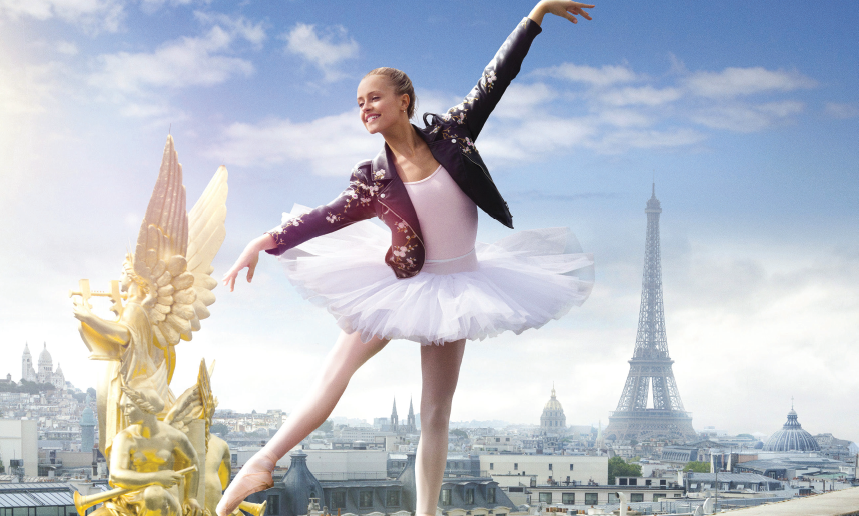
Federation Entertainment’s Find Me In Paris
There are even some scenarios where it has been possible to mix and match pubcasters with regional SVOD players. US streamer Hulu, for example, is working alongside Canadian pubcaster CBC on a half-hour sci-fi series from Toronto’s Sinking Ship Entertainment. Entitled Endlings, the tween series has also been pre-sold to Norddeutscher Rundfunk (part of Germany’s ARD network), CBBC in the UK, Universal Kids in the US, ABC Australia, SVT Sweden and NRK Norway.
Chie Wakabayashi, senior producer, global content development, at Japanese public broadcaster NHK, echoes many of the above observations. For NHK’s educational channel, he says: “We create and air a wealth of nursery programmes, school curriculum-based programmes, tween dramas and a vast selection of animation for children of all ages.”
NHK’s pre-school programmes include Pythagora Switch (26 x 5 mins), Peek-A-Boo! (200 x 15 mins) and Mimicries (20 x 10 mins), all of which are available at MIPCOM. New animation series include Pingu In The City (72 x 7 mins), Lulu & Rolo: Tiny Twin Bears (62 x 5 mins) and Ninjaboy Rantaro (189 x 10 mins). Another new release, Radiant (21 x 25 mins), is aimed at tweens and teens.”
Wakabayashi says NHK still benefits from being a trusted destination for families, but agrees that shifting media consumption patterns are a concern: “The biggest challenge is that the young audience has so many media and different kinds of content to choose from. Pre-schoolers and young children are still glued to the TV set, but it’s very difficult to get teens and tweens to watch TV programmes. I can’t say we’ve found a complete solution, but we have found success with programmes targeting family viewing, like Pythagora Switch.”
Even among young audiences, it is difficult to hold their attention, Wakabayashi says. As a result, NHK favours shorter shows: “Pythagora Switch is a 15-minute broadcast and is a collage of various short segments using puppet shows, animation, songs, gymnastics, etc. On weekday mornings, as children are busy getting ready to go to school, we air the programme as a five-minute show, and this has been successful.”
Like Doherty, Wakabayashi says co-productions can be a challenge because of local preferences. However, NHK has had success in the past with programmes such as Discover Science, he adds: “We know that there’s a hunger for big, high-quality productions.”
Echoing the BBC approach with The Blue Planet and Match Of The Day, NHK is experimenting with creating children’s shows connected to flagship mainstream adult productions. “This year, will be releasing Bodypedia, a children’s series that we created alongside our big science co-production series The Body,” Wakabayashi adds.
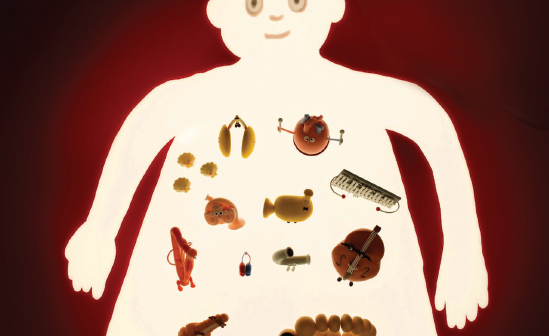
NHK’s Bodypedia
Prove their value to government
Of course, pressure from pay TV and SVOD is not the only concern for the world’s public broadcasters. With most of them reliant on some form of public funding, they also have to keep proving their value to government. In France, for example, the French culture minister Francoise Nyssen recently announced that France Televisions’ family-oriented France 4 would be shifted from DTT to online. While this move is expected to save around €300m over the next five years, it has been met with dismay by the French production community, which believes that the move is bad for both children and content creators.
PBS in the US is also under pressure following Republican President Donald Trump’s announcement that he would like to cut federal spending on public broadcasting — a move that would be devastating for all forms of PBS programming, including kids’ content. Defending the organisation’s role in society, PBS president and CEO Paula Kerger said:
“The cost of public broadcasting is small — only $1.35 per citizen per year — and the benefits are tangible: increasing school readiness for kids aged two to eight, support for teachers and home-schoolers, lifelong learning, public-safety communications and civil discourse.”
Trump’s attack on public broadcasting has not stopped PBS from transforming its kids’ offering to meet the wider competitive threat. In 2017, it launched nationally available channel PBS Kids — free to the end user — featuring hits including Clifford The Big Red Dog, Wild Kratts and Daniel Tiger’s Neighbourhood. “With the launch of the multiplatform, 24/7 PBS Kids channel, all of America’s children can access our trusted educational content anywhere, anytime and through any device,” said Kerger at launch. “The channel will be a game changer for all families, especially our nation’s most underserved, many of whom do not attend pre-school and rely solely on over-the-air television for media content.”
Increase digital experience and take creative risks
Alongside developments elsewhere, the live stream of PBS Kids includes an integrated games feature, enabling children to connect between a PBS Kids show and an activity that extends learning — all in one seamless digital experience.
Like ABC, PBS has also recognised it is possible to achieve its remit by working with the new SVOD platforms. For its recent reboot of Scholastic’s iconic book-based animation series Clifford The Big Red Dog, it partnered with Amazon Prime Video. The original Clifford The Big Red Dog premiered on PBS Kids in 2000 and went on to air in 110 countries, also inspiring a spin-off entitled Clifford’s Puppy Days.
Looking at the major public broadcasters, there is no shortage of innovation, from digital short-form series and interactive gaming activities to dedicated kids’ channels (KBS in Korea recently launched KBS Kids). But perhaps the thing that makes the pubcasters stand out is their willingness to address content areas that the commercial companies tend to avoid. For example, PBS Kids and CBC recently unveiled Molly Of Denali, an animation series produced by Atomic Cartoons that stars a native Alaskan girl. Separately, CBC is exploring autism among children in its animated series Pablo, while PBS Kids is addressing the arts through Pinkalicious & Peterrific. The latter, according to Linda Simensky, vice-president of children’s programming at PBS, “offers us the opportunity to put the spotlight on arts and creativity in a way we’ve never done before, and highlight the importance of the arts as part of a whole-child learning approach”.
This willingness to take creative risks with characters and stories can give public broadcasters an edge over their commercial rivals. NRK Norway has found this with Skam, a pioneering teen drama that broke ratings records at home and has subsequently been shipped to half a dozen territories as a format.
ABC’s Doherty says her organisation recently won Prix Jeunesse awards for What It’s Like To Experience A Disability and First Day, which tells the story of Hannah, a transgender girl starting high school. She adds:
“When you’re competing with Marvel movies and the like, I think the only way public broadcasters can to survive is to keep finding complex, innovative, culturally diverse stories — stories that connect with audiences that haven’t seen themselves on TV before and that people haven’t seen before.”
This article was written by Andy Fry, edited by Julian Newby, and appears in the MIPJunior Preview Magazine.
Find out more in 3 buyer-focused sessions at MIPJunior:
BINGE WATCHING SESSION – KIDS AUDIENCE SUCCESSES ACROSS THE GLOBE
CHILD’S PLAY: TECH FOR KIDS ROUNDUP
HOW WELL DO YOU KNOW YOUR FANS By Turner

